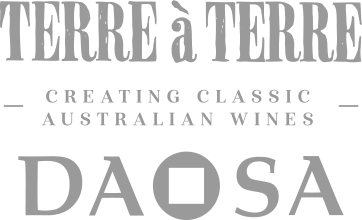Author: James Halliday
Source: Week end Australian
Review Date: October 13, 2018
Daosa Natural Réserve – April 16 tirage
85% pinot noir, 15% chardonnay, hand-picked, whole-bunch-pressed, 85% fermented in tank, 15% in used French barriques, 18 months on tirage, 7.5g/l dosage. Ticks all the boxes; elegance, balance, length; ripe citrus, some Granny Smith.
Rated: 95 points
*** part of an article on an Adelaide Hills tasting organised by Terre a Terre in the Adelaide Hills ***
“On August 23, the winemakers of the Adelaide Hills staged the first tasting of Methode Champenoise wines (fermented in the same bottle that is eventually sold to consumers) produced from grapes grown in the Hills. There had been some soul-searching about the viability of the event, the concern stemming from the overall size of production – 5 per cent of the Australian total – and the small volumes made of most of the wines. It was, in fact, a great, sold-out success, in no small measure due to the amount of work done by Xavier Bizot and his wife Lucy, née Croser. Wine from 13 producers was presented in five brackets. First up was a small class of three vintage chardonnays; next five rosés, all but one vintage; then two classes each of five vintage blends of chardonnay and pinot noir, all but two wines vintage; and a concluding bracket of three vintage pinot noirs. Most of the wines came from the two official subregions of the Adelaide Hills, Piccadilly Valley and Lenswood. The areas so delineated are higher and cooler than their surrounds, and have a higher rainfall. Tasmania, the Adelaide Hills and the Yarra Valley are the pre-eminent producers of the best sparkling wines. It shouldn’t come as a surprise that there were significant variations in the character of the wines that defy any attempt to distil a coherent summary of style/character/ quality. If you think about Champagne, there is a very diverse range of styles, determined by the varietal composition, the place(s) of production of those grapes, fermentation vessels and methods, the time on lees prior to disgorgement, and the dosage for the secondary fermentation. For what it’s worth, the most enjoyable wines were those that were made to give freedom to the fruit flavours to express themselves, not to chase subtlety for its own sake.” James Halliday – Week end Australian, October 13, 2018



